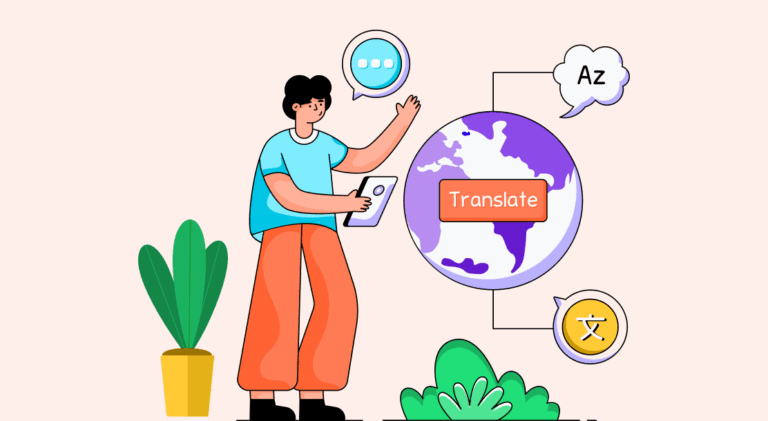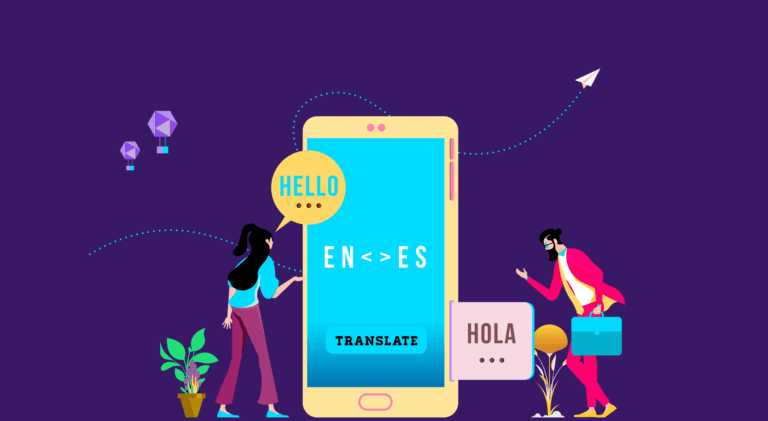
Translating documents to another language has become an important part of communication, but it isn’t easy to have an error-free outcome. Document translation is a skill that necessitates a thorough understanding of vocabulary, culture, syntax, and expressive intent.
Document translation is taken for granted these days, with mobile apps promising to make communicating in a foreign country simple, and features like Google Translate that can automate translation with a single click. However, these apps usually make numerous errors when translating a document. Proper translation requires a strong command of the language, an accurate perception of linguistic nuances, and a human eye. Therefore, it is imperative to follow certain best practices when it comes to translation.
10 Document Translation Mistakes to Avoid
Here are some document translation mistakes you need to avoid.
1. Translating without first learning about linguistic cultures
While doing document translation, you must have a thorough knowledge of the linguistic cultures involved. A phrase or expression that is widely used in the United States may not be applicable in certain European countries. That’s why it’s critical to work with a qualified and proficient translator. They can check a statement for accuracy and cultural suitability, ensuring that you don’t make embarrassing mistakes.
2. Translating word-to-word

Document translation should be done without changing its meaning, but doing this word for word alters the comprehensive meaning of the text. When a translation is done word for word, the final product may have a different meaning than the original. Understand the essence of the text before translating it into the preferred style, and keep the intended message intact when doing the translation.
3. Using complex sentences
Another mistake translators make is utilizing numerous complex sentences. Using a lot of complex sentences makes the text look unappealing. Moreover, it overcomplicates the content and makes it tough to understand. It is, therefore, beneficial to use simple and direct sentences when translating the text to avoid misinterpretations and errors.
4. Translating without identifying the style
One common error is failing to adhere to the nature, style, and tone of the language. Apart from the reading level, style considerations, such as professional vs. informal tone, how to treat metric measurements, and whether to translate proper names, are all critical factors.
Translating a document into some other language necessitates an understanding of that language’s syntax and technique in order to express its meaning concisely. To avoid errors, it is critical to identify the document type you will translate, learn about its context, and understand the appropriate style.
5. Not keeping a glossary
Professional document translation services should have translators that create and maintain a glossary or a translation database as they work. They can go back and see if there is already a suitable translation for the term. Request your client to give you the words and sentences that are frequently used, words that stand out, or expressions that are a little more difficult to get right, and make a note of them. Failure to create a glossary may lead to unstable and inconsistent translation outputs.

6. Not changing the numbers according to the language
Concentrate on figures, statistics, and any numerical information when doing a translation job. Numbers may seem to number regardless of who is reading them, but their configurations vary between countries, and the language in which they are written may influence their translation.
To separate large numbers, some languages have commas, while others have dots. It can impact a figure’s decimal value. You must take all these factors into consideration because figures and statistics can be misread, and their meaning may change if they are not translated properly.
7. Absence of clarity with the client
An absence of clarity is one prevailing error that people make during document translation. Concentrating solely on your work will not get you anywhere unless you get to know what your clients want. Translators must communicate with their clients to determine their needs. There must be no misinterpretation or confusion. Ask for as much information as possible to avoid errors or rework.
8. Not hiring a professional
When it comes to a language you’re not familiar with, always go to a professional. While you can translate a document using Google Translate or any other translation tool, an experienced professional translates the document in a way that is understandable to the widest possible audience. Professional translators are exceptionally talented individuals who have spent years deciphering the author’s true intention and delivering it to audiences in the most accurate and suitable way.
9. Using incorrect words
Every word has a definition, but not all words can be used in the same context. Translators use incorrect words sometimes, without taking the context into consideration. A direct translation of such words frequently results in mistranslation, changing the text’s meaning. Get to know such words and figure out how to translate them. It will help you better your document translation skills.
10. Not examining the reference material

Companies supply reference data and background information so that the translator has all they need to grasp and transmit the message adequately. Glossaries, dictionaries, style guides, corporate background, and product information are among the available resources. As a translator, you require these added resources to understand the subject before translating. If you fail to check the reference materials, it can be painfully visible in the final output. You will be less acquainted with the original text and style, which will show up in your translation.
You can avoid the common translation pitfalls by following the solutions above. Also, don’t shy away from getting your work checked by a certified document translation service provider. When your work is checked, and you get feedback, you’ll further be able to refine your document translation work. Translations can be complex, so as a translator, you must be qualified and have extensive knowledge and command of the languages for which you accept translation work.
FAQs
Cultural differences can make document translation difficult. Words frequently express the culture and society in which they are used. As a result, words capable of describing particular things or emotions may have different meanings in different languages, making translation difficult.
Google Translate can translate not only words and phrases but also entire documents, including rich-text and plain text documents, Microsoft Word documents, and even PDFs. However, a human eye is necessary to check the inconsistencies, style, and tone of the output.
The first rule is to always accept a translation job where you are confident and proficient in the language. The second rule is to keep the original document in a safe place, so it can be referred to if needed. The third rule is to have both languages side by side to work more productively.
Legal documents, medical documents, scientific reports, marketing materials, news articles, blog posts, and so on can all be translated.
Latest Blogs
Explore how Google’s 2025 AI search updates triggered ranking chaos. Learn actionable strategies to adapt your SEO for AI Overviews, zero-click searches, and SERP volatility. Stay ahead now.
Learn how to rank on AI search engines like ChatGPT, Perplexity, and Gemini by optimizing your content for authority, structure, and relevance. Stay ahead in AI-driven search with this strategic guide.
Explore the best healthcare SEO services for your medical practice. Improve online visibility and effectively reach more patients in need of your services.
Get your hands on the latest news!
Similar Posts

Translation
5 mins read
All You Need to Know About Language Translation and Terminology Management

Translation
5 mins read
6 Reasons to Translate Content into German

Translation
5 mins read
